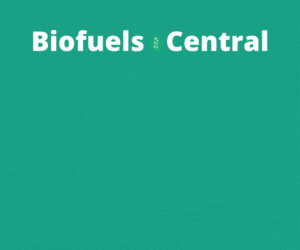New Paper – techno-economic analysis and life-cycle analysis of renewable diesel fuels produced with waste feedstocks.
Wet waste feedstocks represent an important category of resources that could be utilized to produce biofuels. Diversion of the wet waste resources from going through conventional waste management practices to utilization as feedstocks for energy production also benefits from avoided cost and pollutant emissions of waste management and disposal.
This study investigates the economic and environmental implications of producing bioblendstocks for mixing controlled compression ignition engines from two waste-to-fuel pathways: hydroprocessed esters and fatty acids (HEFA) from yellow grease and swine manure hydrothermal liquefaction (HTL) followed by biocrude upgrading.
Detailed process models were developed for both pathways, which informed the techno-economic analysis and life-cycle analysis. Conventional swine manure management practice was also modeled in detail as the business-as-usual scenario for the swine manure HTL pathway.
🔥 What about we co-host a webinar? Let's educate, captivate, and convert the biofuels economy!
Biofuels Central is the global go-to online magazine for the biofuel market, we can help you host impactful webinars that become a global reference on your topic and are an evergreen source of leads. Click here to request more details
The estimated minimum fuel selling prices were $1.22/gasoline liter equivalent (GLE) and $0.94/GLE for the yellow grease to HEFA and swine manure HTL pathways, respectively. The life-cycle greenhouse gas (GHG) emissions of the two pathways were 11.2 and −33.3 g of CO2e/MJ, respectively, for the yellow grease to HEFA and swine manure HTL pathways.
The credits of avoided emissions from conventional swine manure management were the main reason for the negative GHG emissions of the swine manure HTL pathway. The marginal GHG emissions abatement costs were estimated to be $116–$270/tonne CO2e and $5–$103/tonne CO2e for the yellow grease HEFA and swine manure HTL pathways, respectively, for a diesel price ranging between $0.5/GLE and $0.9/GLE.
Since the yellow grease HEFA pathway is already commercialized, it can benefit from the $200/tonne carbon credit in the California Low Carbon Fuel Standard market, which could help the yellow grease HEFA pathway to achieve near-zero marginal GHG emissions abatement cost.
READ the latest news shaping the biofuels market at Biofuels Central
Read the full paper following the link below.
Techno-economic Analysis and Life-Cycle Analysis of Renewable Diesel Fuels Produced with Waste Feedstocks, December 27, 2021








